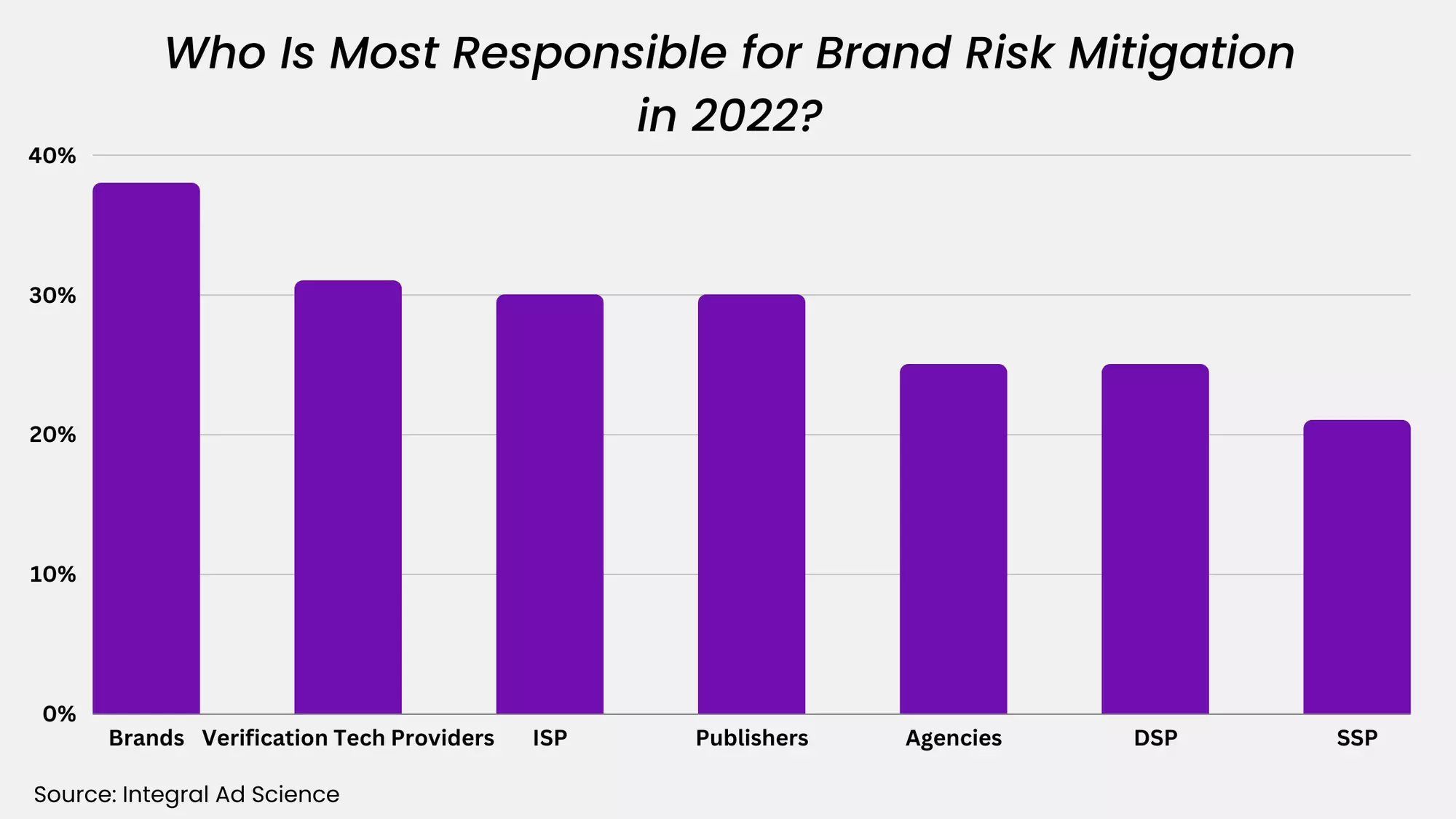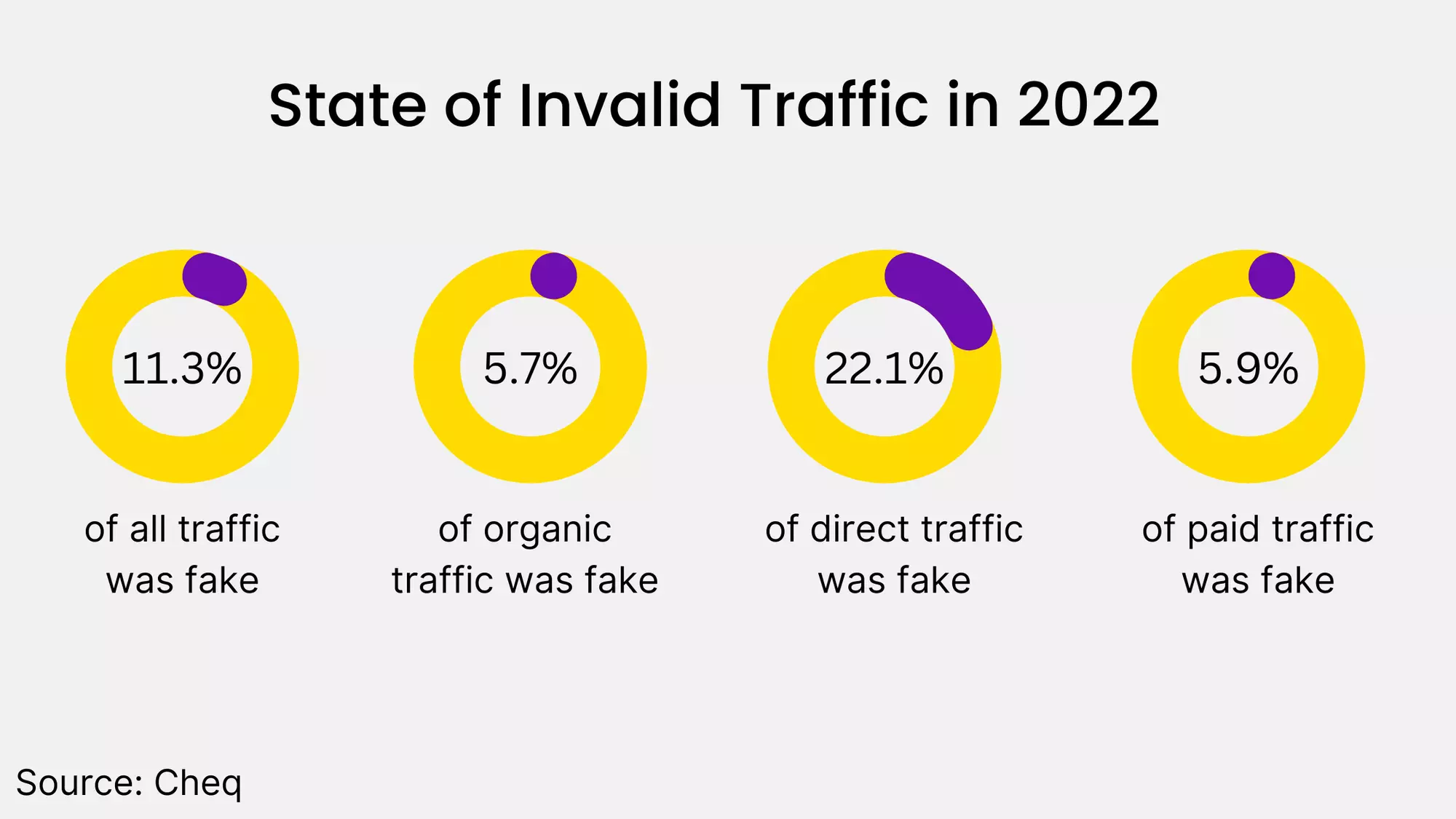As a publisher, you’re constantly juggling. You’re balancing the need to provide engaging content for your readers while also attracting advertisers to boost your revenue. But there’s a third, often overlooked, element to this balancing act – brand safety.
Brand safety is like a silent alarm system, protecting your reputation from the threats that lurk in the digital shadows. Ignore it, and you risk losing not just your advertisers but your readers too. They could be driven away by malware, piracy, or simply by ads that appear alongside harmful or inappropriate content.
So, how do you ensure your brand remains a safe haven in the chaotic digital landscape? How do you keep your readers engaged, your advertisers happy, and your brand untarnished? This guide is here to help you navigate these challenges. Let’s delve into the world of brand safety.
Table of Contents
- What Is Brand Safety?
- Brand Suitability vs. Brand Safety: What’s the Difference
- Why Is Brand Safety Important for Publishers?
- How Is the Industry Helping Publishers with Brand Safety?
- Brand Safety: Key Elements to Avoid for a Secure Environment
- How to Ensure that Your Brand is Safe?
- In Conclusion: Securing Your Brand’s Future
What Is Brand Safety?
Brand safety actively prevents associations with ads and content that harm your band’s reputation. According to the Internet Advertising Bureau (IAB),
💡 Brand safety means avoiding placing ads next to inappropriate or malicious content and providing a safe environment for ad serving.
To ensure a safe environment, you must work on your ad content and not place questionable ads on your website—low-quality ads that appear next to high-quality content harm readers and publishers’ revenue.
Brand Suitability vs. Brand Safety: What’s the Difference
Brand safety and brand suitability, while related, serve different purposes in the realm of digital advertising.
Brand safety is about avoiding any association with content that could harm your brand’s reputation. It’s about ensuring that ads do not appear alongside inappropriate or malicious content.
On the other hand, brand suitability goes a step further. It’s not just about avoiding harmful content but about finding the right match between the ad and the content. It’s about making advertising decisions that align with the needs of your advertisers and the context of your content. For instance, an ad for a music brand might not be suitable on a page about financial investments, even if the content is safe.
In essence, brand suitability helps you create a more effective advertising environment. It leverages insights from individual brand profiles and market research to strategically position ads in the most suitable environments.
As Luis Di Como, SVP of Global Media at Unilever, puts it:
“When we think about brand suitability, the better the definitions that we have for content that is categorized by the platforms, the better choices we have for where we run our ads,”
– Luis Di Como, SVP of Global Media, Unilever (Src)
Why Is Brand Safety Important for Publishers?
Brand safety, once an industry-wide concern, has increasingly become a responsibility that publishers can’t ignore. But why this shift?

As the owners and curators of content, publishers are in the unique position of understanding what content is most valuable and where to strategically place ads on their websites. This control, however, comes with the challenge of maintaining a safe environment for both readers and advertisers.
Many publishers grapple with the delicate task of providing relevant information without resorting to blacklisted keywords. The use of such keywords can lead to lost monetization opportunities. For instance, an article on cybersecurity might unintentionally include blacklisted keywords related to hacking, causing advertisers to shy away.
To thrive in the long run, publishers must gain advertisers’ confidence. This can be achieved by ensuring their ads are displayed in high-quality, viewable environments free of blocked keywords. Publishers who successfully enhance the quality of their brand-safe inventory often find themselves selling ads at higher CPMs.
But before diving into the ocean of brand safety, you must be aware that it’s a never-ending task. And that’s why you must always have an infrastructure that will alert you immediately whenever something goes wrong.
How Is the Industry Helping Publishers with Brand Safety?
Brand safety has been a persistent challenge for publishers. Over the years, the industry has recognized this and actively worked to support publishers in this area. One of the key ways this is being done is by developing robust brand safety measures by organizations like the Interactive Advertising Bureau (IAB) and Media Rating Council (MRC).
However, industry guidelines are just part of the picture. As a publisher, it’s crucial to work directly with brand-safety vendors. This direct relationship allows you to understand the specific needs of your advertisers and audience, ensuring your brand safety efforts are truly effective.
Lastly, it’s important to have your own robust and comprehensive brand safety and suitability guidelines. These should be well-reviewed before each campaign, ensuring you meet both industry standards and the specific expectations of your advertisers and audience.
Brand Safety: Key Elements to Avoid for a Secure Environment
1. Invalid traffic
Invalid traffic affects your business in many ways, from declined performance to ad fraud. As they imitate human behavior, they disrupt traffic statistics and can even steal data from your users. And, of course, no advertiser would want to partner with you if you place their ads on a site with loads of malicious bot traffic.

That’s why advertisers have added security checks to their ad campaigns. If a system notices unusual traffic on your domain, they might even mark you unsafe for other advertisers to see as well. Typically, DSPs (Demand-Side Platforms) take care of this job.
Solution: Google Analytics is one tool that can help you detect invalid traffic like bot traffic. Along with that, it’s best if you also seek help from a fraud prevention provider.
2. Blacklisted keywords
While media buyers have widely avoided ad placements around criminal activities, it’s now extended to a full spectrum of more subjective topics such as hate speech, pornographic, violent, illegal drug-related, and the like.
Because of using keywords like kill, injury, terrorism, etc., advertisers might step back from you. If your webpage contains such blacklisted keywords, the advertisers will not place the bid on the ad inventories. As a result, loss of revenue.
Solution: The only solution is a more sophisticated approach that understands the content’s context before stopping the ad from displaying because of the blacklisted keywords.
3. Fake News
For years, fake news usage has dominated the headlines without slowing down. Now more than ever, advertisers are paying more attention to whether their ad is placed next to false articles and malicious allegations.
They actively avoid websites containing misrepresentation, misstatement, or concealed information, as it draws a bad name to their brand. That’s why you have to avoid such fake info on your page.

How to Ensure that Your Brand is Safe?
1. Know where you stand with brand safety
Every advertiser today, before bidding, evaluates how safe your brand is. So, it is recommended that you pay close attention to your websites and analytics tools to look for invalid traffic, fake news, or mention of any blacklisted keywords. After such critical observation, you can prepare a detailed action plan to improve your brand safety.
2. Vet your partners and advertisers
Increased technology usage has increased concerns around perceived brand risk in programmatic advertising. This is happening because there’s not much transparency among advertisers and publishers.
Therefore, advertisers opt for direct buying with reputable publishers to reduce the possibility of ad fraud. On behalf of the publisher, you can also remove buyers that are harmful to your business. And this can be simply done using Google Ad Manager’s Protection feature.
3. Creating a transparent ecosystem
If you disclose where you are placing the ads and how your content is not risky to your advertisers, you can sell your impressions on the page, even if it contains a few blacklisted keywords. If you’re working with multiple ad-tech partners, ensure to add an ads.txt file to your domain.
Released in May 2017, ads.txt is one such initiative developed by the IAB Tech Lab, wherein you can add information about your SSPs, ad networks, and other programming partners. Such an initiative gives a transparent flow of the supply chain. This protects you and your advertisers against fraud and creates better relationships.
4. Defining brand safety measures for themselves
Both publishers and advertisers are free to build their brand safety measures in addition to those provided by organizations like IAB and MRC—and most of you are already doing that.
Brand safety measures are subjective. It might differ from publisher to publisher and advertiser to advertiser. Hence, it is recommended that you keep the information as honest as possible and add reliable sources to the data as per your preference.
5. Review the demand partner and brand safety vendor
You have to find out which brand safety vendor your advertisers are using. You can work with them to determine the best content for your advertisers and then align their needs with your brand values.
Working directly with brand safety vendors is always recommended, as they provide protection services and the proper consultation to create a balance between content and ad revenue.
Combined with optimization tools can help you ensure that advertiser needs are met without compromising your content quality. Furthermore, you must ensure that your chosen demand partner has appropriate safety mandates, including ad fraud prevention.
6. Contextual targeting
The introduction of various data privacy laws and browser updates has triggered a surge in contextual advertising. In contextual targeting, the ads are controlled based on the context or keywords of a website.
It ensures that your audience segments match the particular advertiser’s requirements and that ads appear in a relevant environment. Besides, contextual targeting ensures that the context is not associated with inappropriate ads.
In the ad tech industry, trust should never be underestimated; you have to do everything it takes to gain the confidence of your advertisers and the audience.
In Conclusion: Securing Your Brand’s Future
We all know that becoming knowledgeable about every aspect of your business is always a good idea. For such an integral part of the advertising chain, it’s even more critical. You ignoring the brand safety issue altogether will only negatively impact your business.
Now, with the advertising industry reinventing itself, the opportunities that come with improving your brand’s safety will be the talk of the town.
We hope the article has given you the insights to understand brand safety and its benefits better. Contact us in the comments section for further queries and information.























